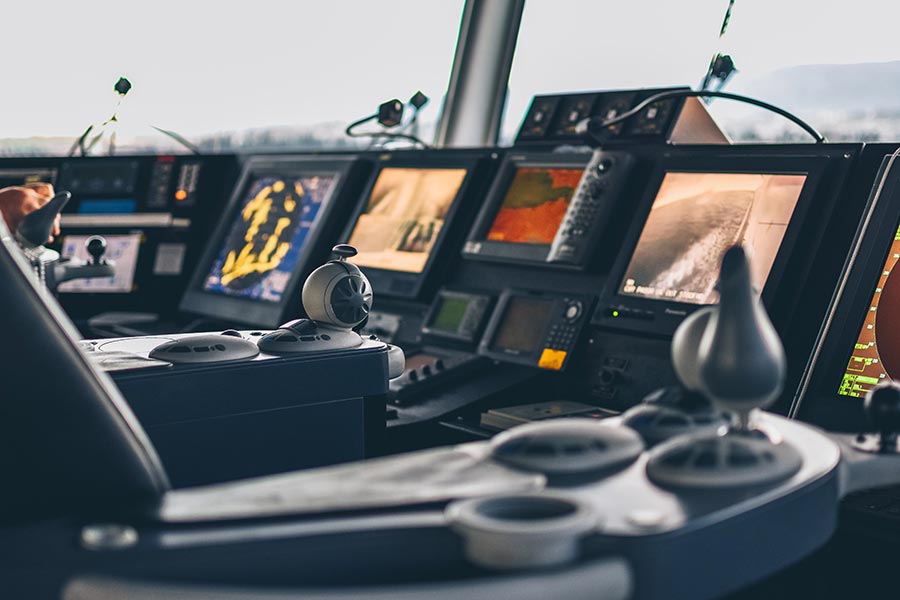In the realities of our time, hundreds and thousands of planes fly out of every country every day. Today, everyone knows that every airplane has an automatic navigation system that helps the pilot stay on course. However, how is the construction of the route, and why do we need a navigator? In this article, you will learn the answer to this and other questions.
We'll start a little bit from afar. When aviation was emerging, the first planes appeared, mainly intended for military purposes, navigation devices did not exist. In the 20th century, this function was performed by specially trained people, namely navigators. Each navigator underwent severe training before he was allowed to make his first flight. Just imagine that the success of an operation depended directly on the work of such a person because we are talking primarily about military flights. The navigator, sitting next to the pilot, had to observe the changes in the landscape and the change of cities on the ground. So he would compare what he saw from the plane with what was drawn on the map and give instructions to the pilot.
Today we do not use pilot-navigator services on regular flights. However, such specialists are essential during special missions related to military service. In a critical situation when instruments stop working such specialist helps to avoid losing course.
Today, although airlines prefer equipment that determines the direction of the flight, the construction of the route for the aircraft is not limited to the work of this device. Many factors influence precisely how the pilot flies. Among the most apparent factors are weather, the direction of air currents, fuel consumption, and aircraft equipment.
Immediately before the flight, specialists analyze the weather conditions, the direction of air currents, and based on this, and several routes are built. Just before the flight, the pilot is given away to follow. During the flight, the pilot may be informed of any changes.

On maps, when representing the flight from one point to another using a line in the form of an arc. Some may think that the plane is not flying in a straight line. This distortion of the route on the map is because the map shows the earth as flat, but in fact, it is round. However, airplanes do not fly in a straight line. Because they may encounter conditions that are not the most favorable, the course may deviate slightly from a straight line.
Also, how much fuel is placed in the plane's tank will determine how long it can fly. If the flight is long, a plane with a small tank is bound to stop at an airport that is on its way to its destination to refuel. What matters here is the power of the plane and how many engines it has. If it has only two engines, the intercontinental flight will be mostly over the land. This is so that if one of the engines fails, the pilot has the opportunity to fly to the nearest landing spot.
The sky may well be compared to a busy highway. Every day at every airport globally, people are working to keep planes from colliding in the airspace. It really is an essential job on which people's lives depend.
After reading an article like this, you will surely think about applying what you have learned. It's straightforward. You can think of your way to the airport in advance. Since many people now use cars, you can quickly drive your vehicle to the Orlando airport, for example. There is MCO car parking right at the airport. You can go straight to the airport, or you can take advantage of long-term parking near Orlando airport. This is a convenient and affordable type of parking that allows tourists to save money while taking care of their comfort. There is a continuous free bus from such parking to the airport that will get you to your destination quickly.






